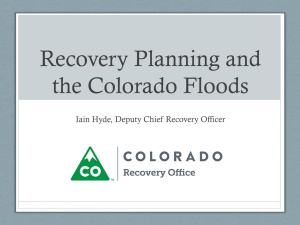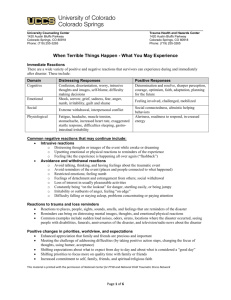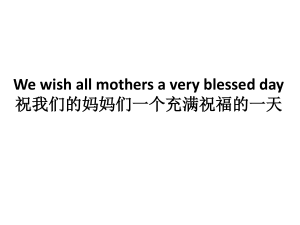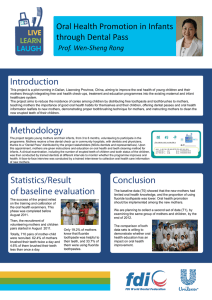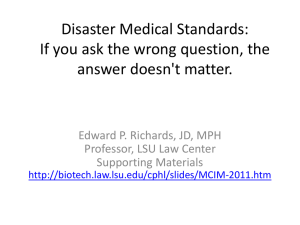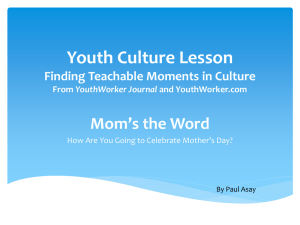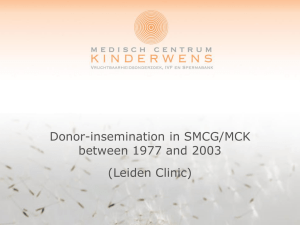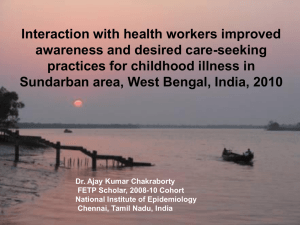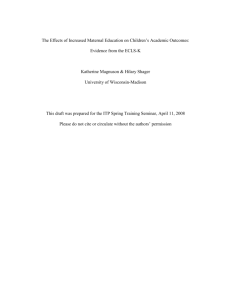Hurricane Katrina - Gender & Disaster Resilience Alliance
advertisement
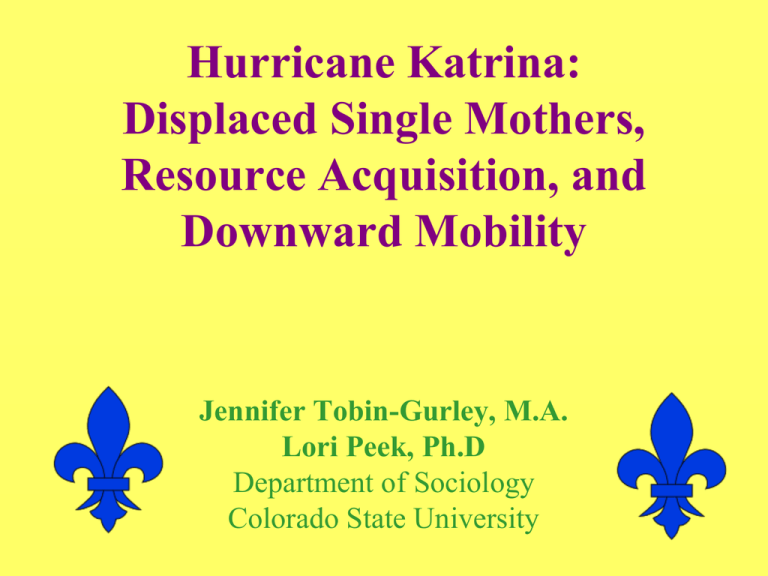
Hurricane Katrina: Displaced Single Mothers, Resource Acquisition, and Downward Mobility Jennifer Tobin-Gurley, M.A. Lori Peek, Ph.D Department of Sociology Colorado State University Hurricane Katrina Loss and Displacement Damaged 90,000 square miles of U.S. coast, killed ~1,800, and caused $100 billion in losses Forced relocation of 1.2 million people Displaced to Colorado 14,000 in Colorado Social Context Half of the displaced from New Orleans Evacuees more likely to be minorities, economically disenfranchised, and living in inferior housing prior to the storm, with the poorest families ending up the farthest from the Gulf. Why Single Mothers? 13.6 million single parents raising 21.2 million children in the U.S. 84% single mothers 16% single fathers Number of single mother headed households rising in the U.S. Single mothers have the least economic resources Percentage of Families Below the Poverty Threshold 40.0% 38.9% 37.6% 35.0% 30.0% 24.8% 25.0% 21.0% 20.0% 15.0% Series1 15.2% 13.8% 15.9% 14.7% 11.7% 9.1% 10.0% Married Couple Series2 Male Headed 5.7% 5.2% 5.0% Female Headed 0.0% White Black Asian Hispanic Percentage of Female-Headed Families with Children under 18 Pre-Katrina New Orleans: Women in Poverty 45.0% 41.1% 40.0% 35.0% 30.0% 32.3% 25.9% 25.0% 20.0% 15.0% 10% 10.0% 5.0% 0.0% All Women White Black FemaleHeaded Theoretical Background Gender and Vulnerability to Disaster Power relationships greatly influence preparation for and recovery from disaster Pre-disaster social issues parallel post-disaster issues Women-headed households are the most vulnerable Gender and Hurricane Katrina Women and children of color were the most affected, but received the least attention Downward Mobility Loss of social and economic status following disaster Research Objectives 1) Resources provided by relief agencies. 2) Resources needed by single mothers. 1) Resources accessed by single mothers. Research Design Post-Disaster Research Qualitative Methods Data Collection Settings: Fort Collins, Denver, Colorado Springs, Pueblo Participants: 15 disaster relief providers, 8 single mothers Gaining Entrée Data Analysis Disaster Assistance in Colorado Needs and Resources Provided Shelter and Housing Food Transportation Employment Childcare and Schooling Health Care Physical Mental Additional Resources Disaster Assistance in Colorado Challenges Bureaucracy Communication Cultural Differences Finding Evacuees Illegal Activities Displaced Single Mothers in Colorado Needs of Single Mother Families Housing Stability Food Childcare Employment Health Care Social Networks Downward Mobility and Resiliency Downward Mobility Finances Government Assistance Stigma Employment Social Networks Self-Evacuation Resiliency Conclusion Recovery-Related Difficulties Food Healthcare Clothing Unaware of public and private resources Conjunction of needs Loss of safety net Bureaucratic obstacles Mistreatment based on race, region of origin, social class, and/or household status (female-headed) Childcare and Schooling Shelter and Housing Employment Transportation
